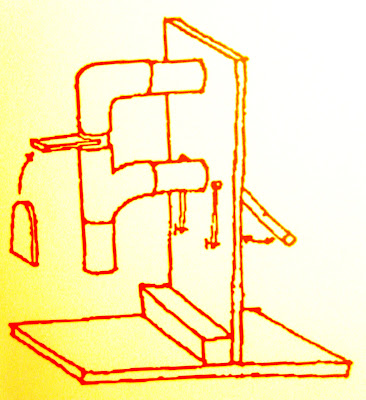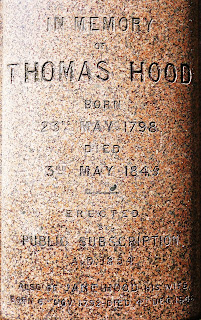The World is a Wedding (1963) is Bernard Kops's autobiography up to the age of 28, and Shalom Bomb – named after one of his poems – takes up his story soon after that point.
Bernard Kops saw John Osborne's Look Back in Anger in 1956, declared it 'crap', and determined to write his own play. The Hamlet of Stepney Green was performed at the Oxford Playhouse in 1957, and was a great success. Unfortunately that success wasn't consolidated by the follow-up, and this book charts Kops's recovery from later failures. The book records Kop's friends and associates in his long struggle for recognition/economic survival. Some of these were homosexuals, such as Colin MacInnes, Quentin Crisp, and Lindsay Anderson, with whom Kops, as a Jew, identified as another persecuted minority.
This book is a in part a story of illness (due to drug addiction), and also a love story, of Kops's wife Erica's remarkable support for her husband though this illness. It's a story told with such frankness that it is at times almost embarrassing to read, but it is told so well that even most of the horrifying sequences are tinged with humour.
Some of the most memorable parts for me are descriptions of the addiction (to speed), when Kops, during the worst and final phase, asks 'Erica, am I just going out or have I just come in?' or, far more chillingly, when he looks at his kids: 'I knew the best gift I could give them all was the taking of my life, but I was always a terrible coward'.
Amazingly, Kops (born in 1926) has survived. I have to read more of his books, as he is a really powerful writer.
Bernard Kops saw John Osborne's Look Back in Anger in 1956, declared it 'crap', and determined to write his own play. The Hamlet of Stepney Green was performed at the Oxford Playhouse in 1957, and was a great success. Unfortunately that success wasn't consolidated by the follow-up, and this book charts Kops's recovery from later failures. The book records Kop's friends and associates in his long struggle for recognition/economic survival. Some of these were homosexuals, such as Colin MacInnes, Quentin Crisp, and Lindsay Anderson, with whom Kops, as a Jew, identified as another persecuted minority.
This book is a in part a story of illness (due to drug addiction), and also a love story, of Kops's wife Erica's remarkable support for her husband though this illness. It's a story told with such frankness that it is at times almost embarrassing to read, but it is told so well that even most of the horrifying sequences are tinged with humour.
Some of the most memorable parts for me are descriptions of the addiction (to speed), when Kops, during the worst and final phase, asks 'Erica, am I just going out or have I just come in?' or, far more chillingly, when he looks at his kids: 'I knew the best gift I could give them all was the taking of my life, but I was always a terrible coward'.
Amazingly, Kops (born in 1926) has survived. I have to read more of his books, as he is a really powerful writer.






















































